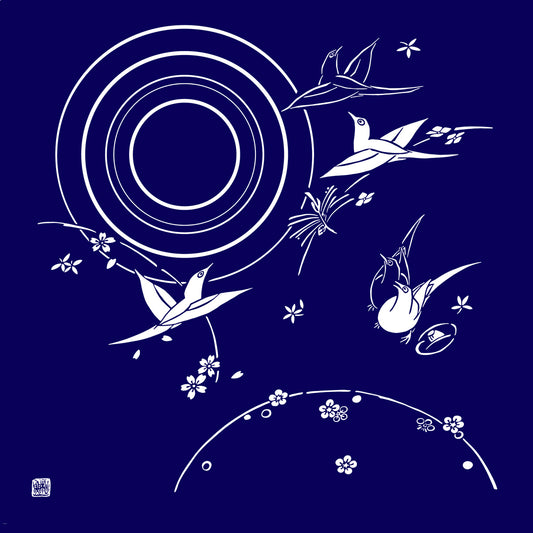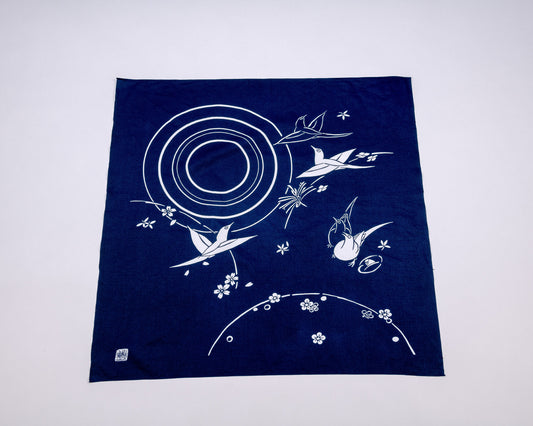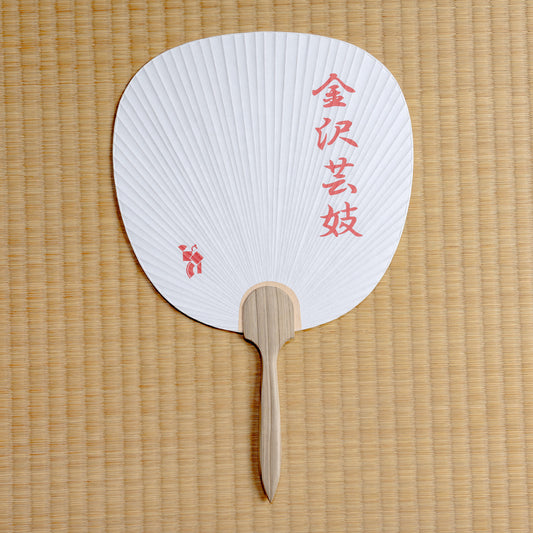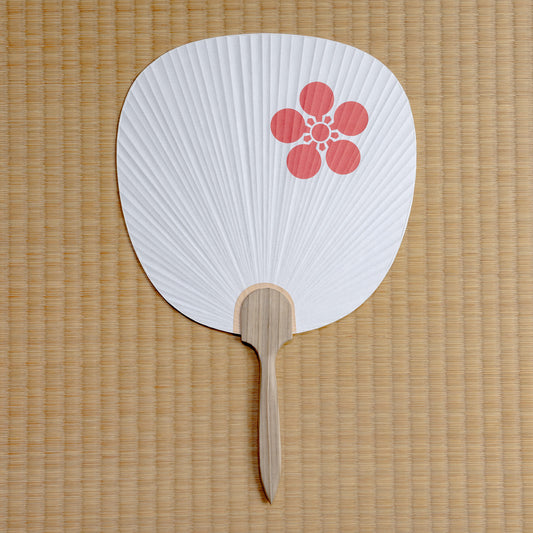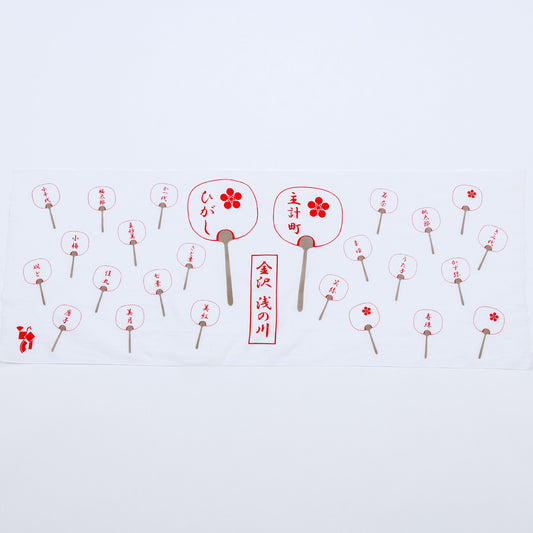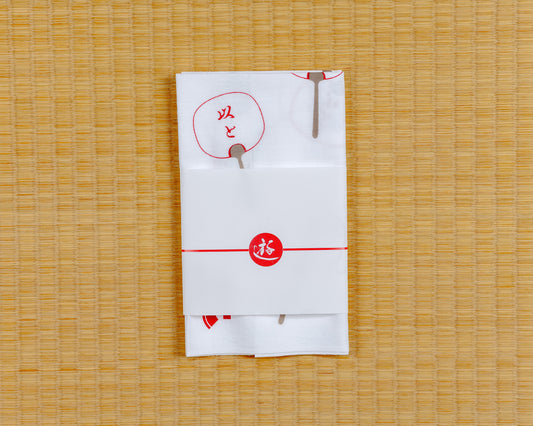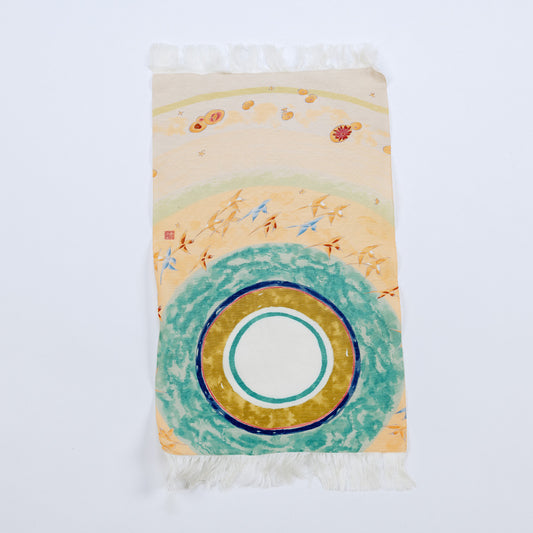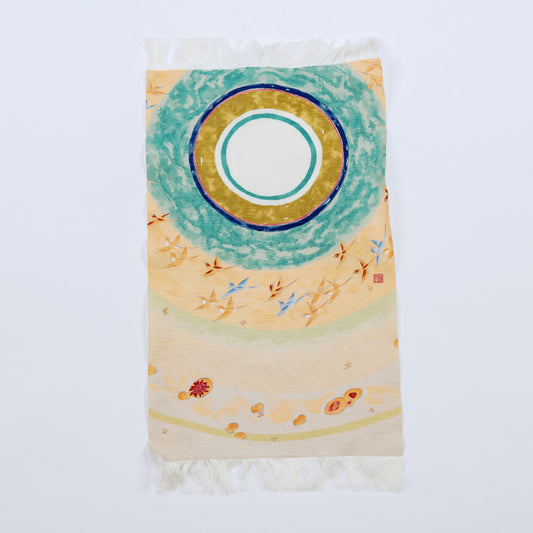 Profile
One of Kanazawa's popular destinations is the Chaya (teahouse) district around the Asano river. Kanazawa Asanogawa Enyukai Hall introduces the history and culture of the Chaya (teahouse) district and offers opportunities to experience the Chaya (teahouse) culture.
Profile
One of Kanazawa's popular destinations is the Chaya (teahouse) district around the Asano river. Kanazawa Asanogawa Enyukai Hall introduces the history and culture of the Chaya (teahouse) district and offers opportunities to experience the Chaya (teahouse) culture.
Asanogawa Enyukai Hall answers many questions you might have about the Chaya (teahouse) district, Kanazawa geishas and Ozashiki entertainment. We also offer limited time opportunities to experience Ozashiki (including seeing geisha performance, enjoying Ozashiki games and refined meals) as well as "Shiraito Riverbed" evenings where you can enjoy dinner and geisha performance on the open-air dining floor made above the river. There are also special products derived from geisha culture sold exclusively at our facility.
→ The schedule for Ozashiki experiences will be announced in the News.
→ Click here for original products
Asanogawa Enyukai Hall opened in 2022 as the result of local efforts spanning over decades. In the 1970s, redevelopment became active in Kanazawa, and the quaint Chaya district around Asano river, which dates back to the 1800s, faced the danger of demolition for the redevelopment. The wealthy merchants of Kanazawa stood up and began various projects to preserve and revitalize the area since the 1980s.
Initiatives such as Neighborhood Landscape Award and Asanogawa Enyukai evenings (now "Shiraito Riverbed") began, sparking interest for authentic Kanazawa culture.
→ The schedule for Kanazawa Asanogawa Enyukai "Shiraito Riverbed" evening will be announced in the News.
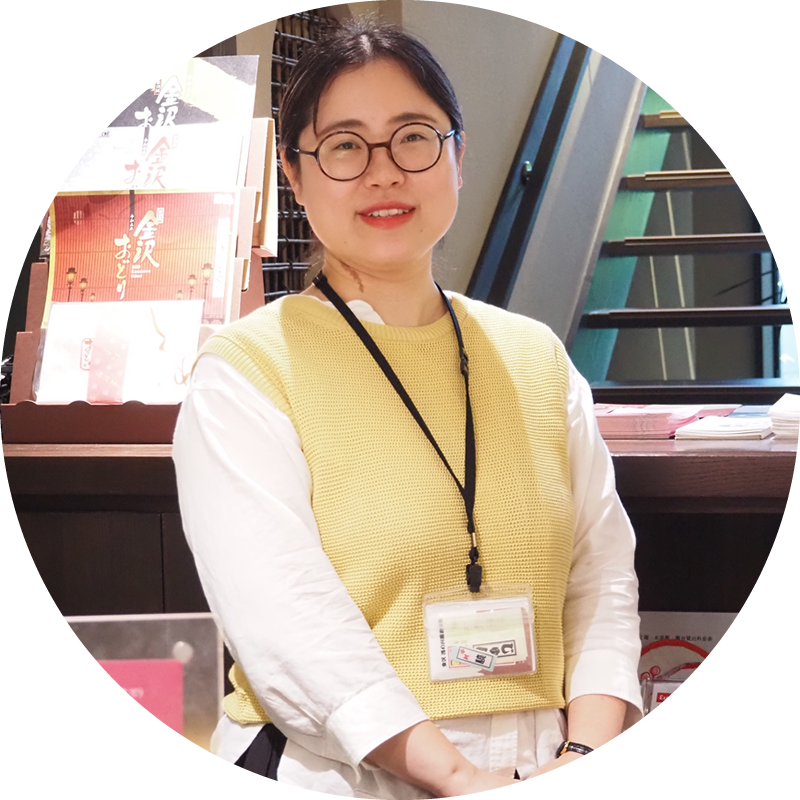
Staff member Ai Shinkai
"Please feel free to ask any questions."
The operating staff are volunteers who have a love for the natural surroundings and culture of the Asanogawa area. This handmade feel is said to be a significant charm.
In 1996, plans to build the "Asanogawa Theater" as a symbol of performing arts culture were proposed, and more than 200 donation boxes were set-up throughout the area to raise funds for the construction. Asanogawa Enyukai Hall as it stands today is the product of such local efforts.
More than 30 years have passed since the starting of the local revitalization project, and the Asanogawa area has fully restored the atmosphere from the Edo and Meiji periods. It has become a popular travel destination attracting tourists from both Japan and abroad. At Asanogawa Enyukai Hall also introduces the stories of local revitalization.
Chaya (teahouse) District Introductory Q&A
Kanazawa is popular not only among Japanese tourists but also attracts tourists from overseas, and Chaya (teahouse) district is especially popular among them. You might hear the sound of shamisen music while walking down the quaint streets, and if you're lucky, you might catch a glimpse of a geisha heading to Chaya. Where is the charm of the town coming from? We hope to answer some questions you might have about the Chaya district.
- Q1
- What is Chaya (teahouse) ?
- A
- A Chaya (teahouse) is like a production agency for geisha. It handles operations such as receiving reservations and sending geisha to the banquets. It wouldn't be an exaggeration to say that whether the customers would have a good time or not largely depends on the teahouse. Although geisha belong to a teahouse, each one operates as an independent contractor.
- Q2
- Can you explain the work of geisha?
- A
- Although the term referring to Geisha may vary depending on the region, such as geisha-san, geiko-san, and geigi-san, they are called "geigi-san" with affection in Kanazawa. The character for "gei" implies “art,” and their main job is to entertain customers with their dance and musical performance at banquets. Daily training to acquire and maintain refined techniques in performances is also part of the job.
- Q3
- What is the role of geisha in Kanazawa's cultural promotion?
- A
- Kanazawa has always been culturally active, with many citizens being knowledgeable and skilled in the arts. Customers not only enjoy watching dance and musical performances by Geisha, but they often also play music themselves. Both Geisha and customers emulated each other in raising the standard and contributed to the refinement of the traditional culture. Geisha also play a role in preserving Kanazawa's cultural heritage, such as "sasara" (a traditional percussion instrument).
Many regions divide geisha into "tachikata" (dancers) and "jikata" (musicians), but in Kanazawa, many geishas are deft in both dancing and musical accompaniment. Upon their debut, It is customary for rookie geisha to pay a visit to the mayor to report their debut, reflecting the high expectations placed on geisha. As the epicenter of such culture, the Chaya district is not just an entertainment district; they are called "Kanazawa Geigi" with respect to their cultural prestige.
- Q4
- What is “Ozashik-Asobi” (Ozashiki Games)?
- A
- “Asobi” means play, and it refers to simple games played in the ozashiki (tatami room). There are various games such as "Konpira Funefune," where you pick up and place small items while singing, "Toratora," a kind of rock-paper-scissors game using gestures, and "Ozashiki Taiko," where the customer plays the Taiko Japanese drum to the shamisen's accompaniment.
- Q5
- How Can I invite Geisha?
- A
- Basically, all teahouses do not accept requests from first-timers. It is not easy for someone without connections to invite Geisha as you need a referral from another customer of the teahouse. Recently travel agencies are offering various experiential Ozashiki tours with Geisha. If you're interested, trying one of these experiential tours is a good way to start.
(Reference: Yūra Satō, "Historical Overview and Consideration of the Differences in Attracting Tourists of the East and West Teahouse Districts," Journal of Seiryo University, Volume 41, Number 2, December 2007)

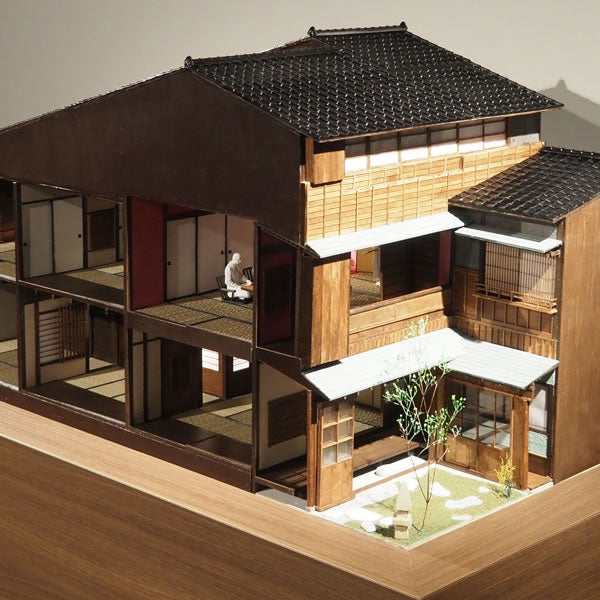
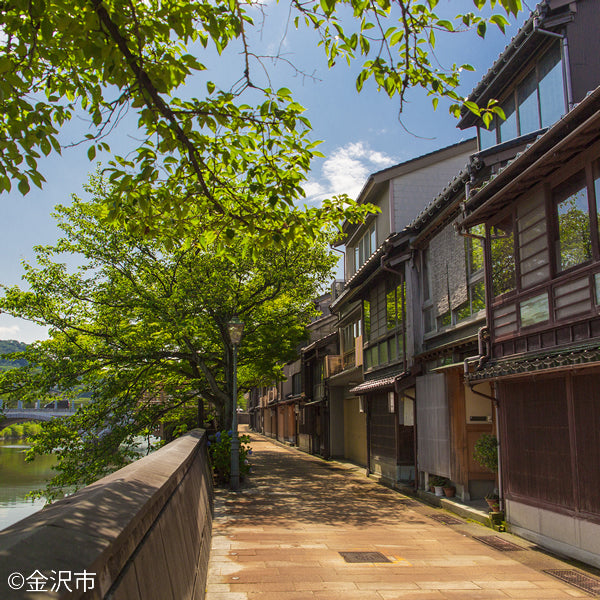

Time-Travel to Historical Glamorous World
This video introduces musical performances and dances by geisha, as well as “Ozashiki Asobi.” You can feel wealthy merchants who protected culture while enjoying themselves closer.
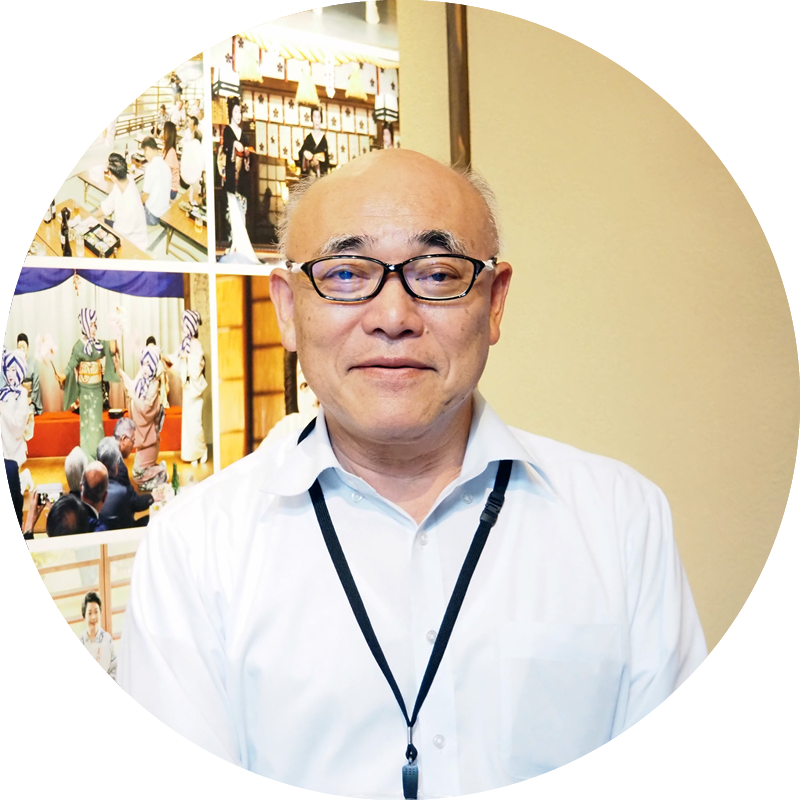 A message from the Director Junichi Uehara
One of the significant features of "Kanazawa Asanogawa Enyukai Hall" is our holistic introduction to the culture and history of Chaya, with various videos, exhibition materials and dioramas. When you see the realistic diorama of the teahouse district, you will surely understand the feelings of the predecessors who worked hard to preserve the teahouse district. The Ozashiki experience, where you can try refined entertainment enjoyed by wealthy merchants, is an extremely popular event that quickly fills up with reservations.
A message from the Director Junichi Uehara
One of the significant features of "Kanazawa Asanogawa Enyukai Hall" is our holistic introduction to the culture and history of Chaya, with various videos, exhibition materials and dioramas. When you see the realistic diorama of the teahouse district, you will surely understand the feelings of the predecessors who worked hard to preserve the teahouse district. The Ozashiki experience, where you can try refined entertainment enjoyed by wealthy merchants, is an extremely popular event that quickly fills up with reservations.
→ For the schedule for Ozashiki experiences, check out News.
There are also hands-on workshops where you can experience the work of historical craftsmen such as making fans, Tatami-items, and demonstration of making Japanese umbrellas.
Our building has been renovated from old machiya (traditional townhouses) from the feudal era, and the building itself is worth visiting. Please stop by when you visit the teahouse district.
Available Products
-
Living National Treasure Shogyo Oba Furoshiki Kaga dyed
Regular price ¥11,000 JPYRegular priceUnit price per -
Kanazawa geisha fan
Regular price ¥2,000 JPYRegular priceUnit price per -
Kanazawa geisha tenugui (with geisha name)
Regular price ¥1,200 JPYRegular priceUnit price per -
Living National Treasure Shogyo Oba Table Cloth
Regular price ¥11,000 JPYRegular priceUnit price per
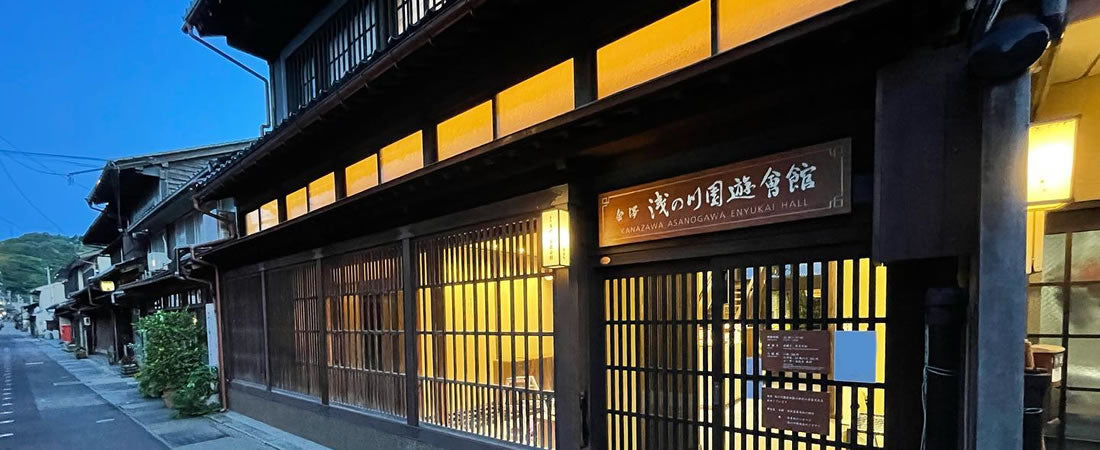
Access
〒920-0838
1-1-4 Kannoncho, Kanazawa City
Kanazawa Asanokawaen Yuukaikan
TEL: 076-256-0908
Opening hours: 10:00-17:00
(Admission until 16:30)
Closed: Every Wednesday, year-end and New Year holidays
【Admission fee】
General: 400 yen
Over 65s/University students: 300 yen
Elementary/middle/high school students: 200 yen
Infants: Free
【traffic guide】
JR Kanazawa Station East Exit (Kenrokuen Exit)
From bus stop 6
Take the "Castle Town Kanazawa Tour Bus" (clockwise)
to "Hashiba-cho (Higashi/Kazuemachi Chaya District)"
Get off, short walk
Take the "Castle Town Kanazawa Tour Bus" (counterclockwise)
to "Hashibacho (facing Kinjoro)" Get off,
walk 5 minutes



